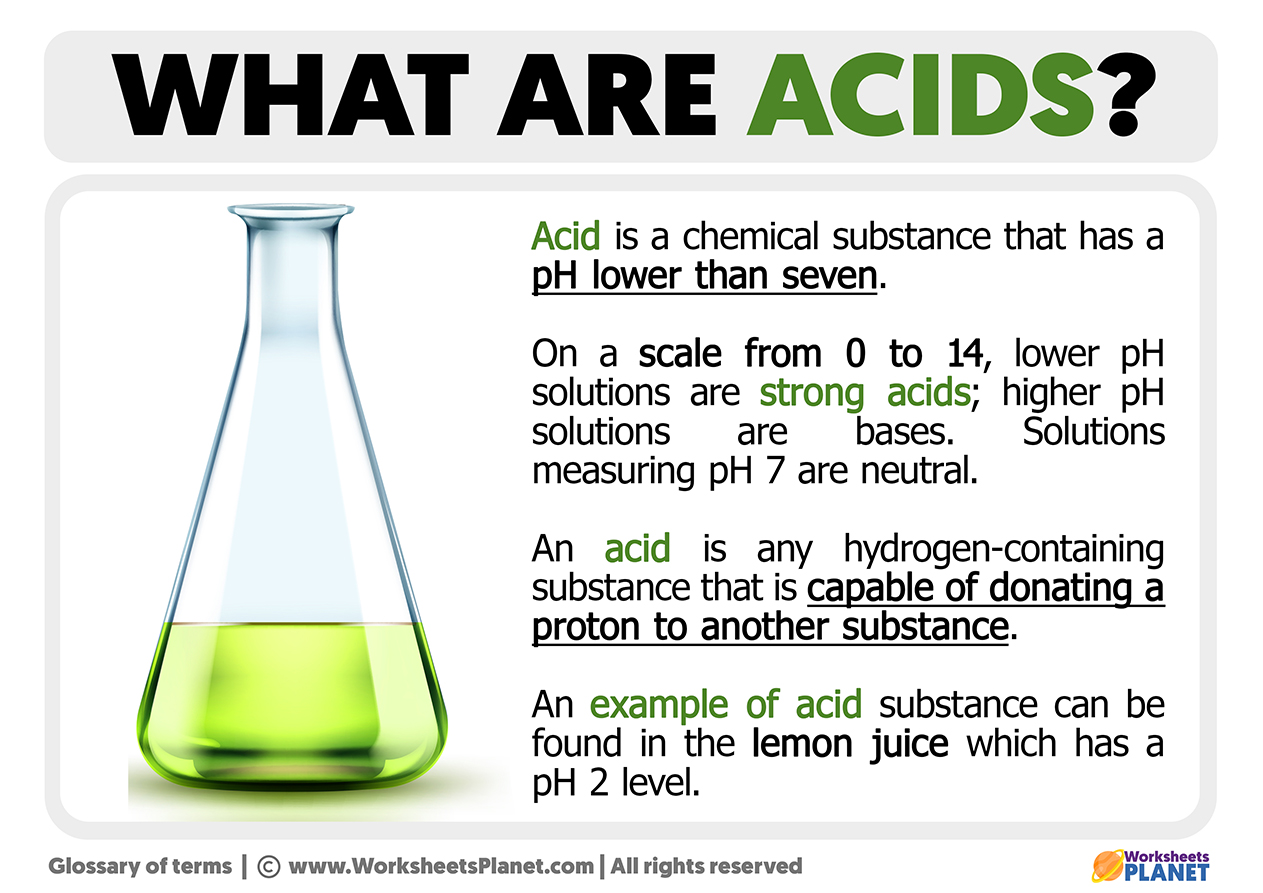
In the intricate tapestry of human physiology, acid-base balance serves as a fundamental thread woven deeply into the fabric of life. It is an orchestral performance, with various systems of the body playing their parts in harmony to maintain homeostasis. Yet, the emergence of respiratory diseases, particularly emphysema, can lead to dissonance within this finely tuned system. Understanding the acid-base imbalance arising from emphysema requires an examination not only of the condition itself but also of its biochemical implications.
Emphysema, a chronic obstructive pulmonary disease (COPD), is characterized by the destruction of alveoli, those minuscule air sacs in the lungs responsible for the exchange of oxygen and carbon dioxide. This degeneration leads to diminished surface area and reduced elasticity, akin to a frayed balloon that can no longer hold air sufficiently. Consequently, the lungs struggle to expel carbon dioxide, creating a milieu ripe for imbalance. In the realm of respiratory chemistry, maintaining carbon dioxide (CO2) levels within an optimal range is critical, as fluctuations can profoundly impact blood pH.
As CO2 accumulates in the bloodstream due to emphysema’s obstructive nature, the body grapples with increased carbonic acid formation, a direct result of the equilibrium between CO2 and water. The equation H2O + CO2 ⇌ H2CO3 (carbonic acid) exemplifies this relationship. Here, carbonic acid can dissociate into bicarbonate (HCO3–) and hydrogen ions (H+), contributing to a state known as respiratory acidosis. In effect, the body becomes engulfed in a biochemical fog, drowning in its own metabolic byproducts.
Respiratory acidosis is not merely a clinical term; it is a condition fraught with physiological consequences. When the blood pH falls below the normal range (7.35 to 7.45), it can create a cascade of disturbances, overwhelming the body’s compensatory mechanisms. The renal system, tasked with longer-term pH regulation, attempts to rectify the situation by retaining HCO3– and excreting H+. However, in the context of emphysema, such compensatory responses may prove inadequate, leaving the individual susceptible to additional complications.
Symptomatic manifestations of respiratory acidosis can be as varied as the human experience itself. Patients may present with confusion, fatigue, and even alterations in consciousness, akin to navigating a dense fog without a compass. This diminished cognitive function can be attributed to the reduced efficacy of oxygen delivery to the brain, a direct consequence of impaired gas exchange. The physiological analogy of a traffic jam is fitting—oxygen’s journey is impeded, creating backups and slowdowns that can have severe ramifications.
For individuals suffering from emphysema, understanding this mechanism of acid-base disturbance is crucial. The relationship between respiration and acid-base status does not merely signify a diagnostic criterion but also echoes the broader implications of quality of life. Despite the overwhelming presence of respiratory acidosis, healthcare professionals can explore therapeutic avenues to alleviate this condition. Supplemental oxygen therapy, for instance, can assist in relieving hypoxemia, thereby promoting more effective gas exchange.
Furthermore, transitioning from a purely somatic perspective, one may find solace in the holistic management of emphysema. Pulmonary rehabilitation can enhance lung function and overall well-being, functioning as a beacon of light in the tumultuous journey through respiratory disease. Engaging in breath-centered exercises, strength training, and education can rejuvenate both the mind and body, inviting a sense of agency back into the lives of those affected.
In navigating the intricacies of acid-base imbalances linked to emphysema, it becomes clear that awareness and intervention are paramount. The metaphor of a delicate balance beam aptly captures this precarious relationship; one misstep can lead to a precarious fall into the depths of respiratory compromise. Therefore, building awareness about the condition fosters proactive engagement, urging patients and caregivers alike to advocate for preventative strategies and timely interventions.
Moreover, public health initiatives aimed at reducing smoking prevalence, addressing environmental pollutants, and promoting lung health awareness can serve as the societal scaffold necessary to combat the rising tide of COPD. In essence, a collective effort is required to foster a holistic understanding of respiratory conditions, weaving a protective net that spans the community.
In conclusion, emphysema presents a complex challenge in the domain of respiratory chemistry, culminating in a distinct acid-base imbalance characterized by respiratory acidosis. By embracing a deeper understanding of this condition and its implications, both individuals and healthcare providers can work collaboratively toward achieving a harmonious state of physiological balance. This journey through the world of acid-base chemistry not only illuminates the intricacies of the human body but also underscores the significance of resilience in the face of adversity, inviting a path toward improved health and quality of life.
